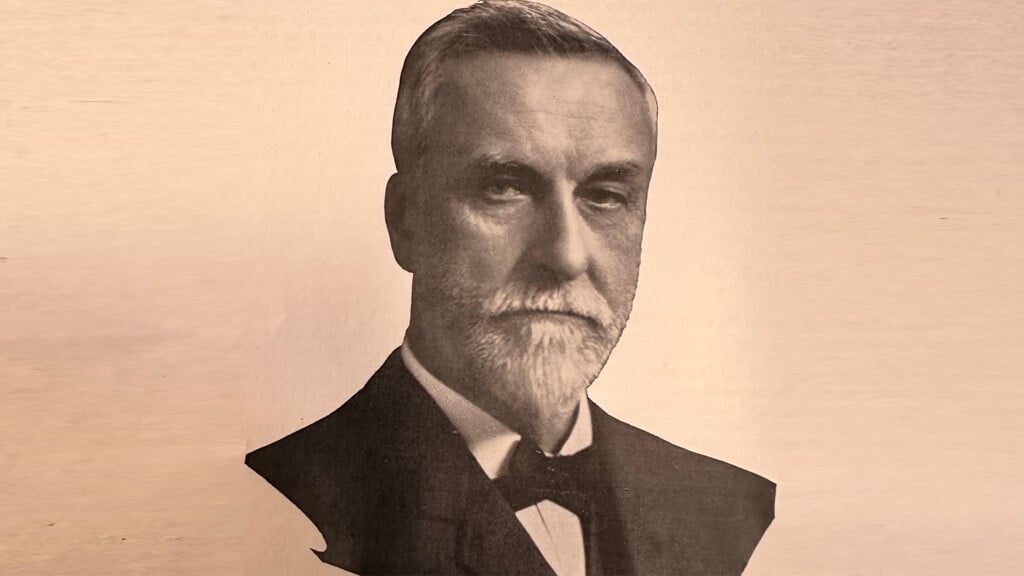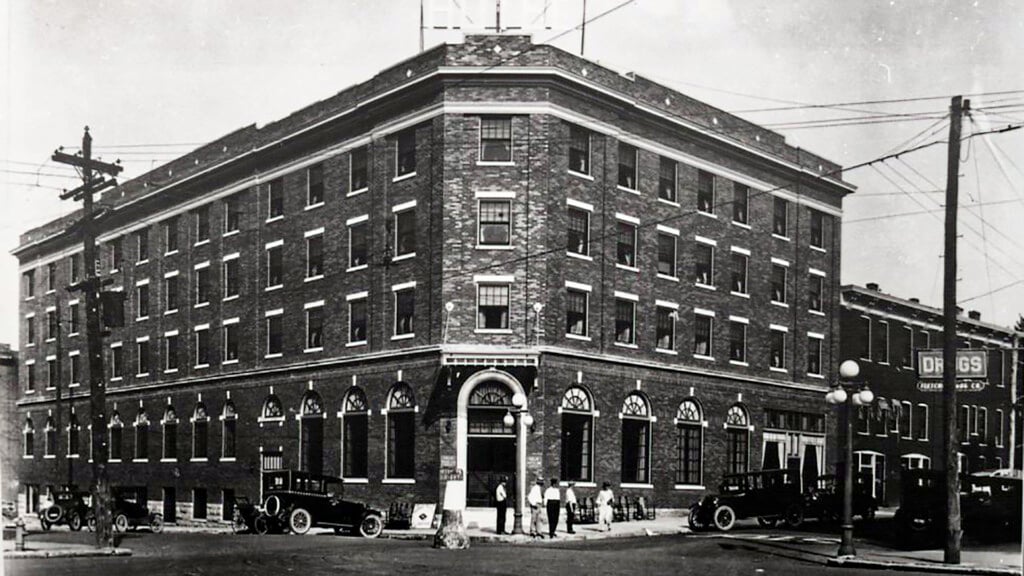Throwback Thursday: Some Reservoir Hill water history
Just over 60 years ago, the new stainless steel water tank atop Reservoir Hill in
Downtown Bowling Green was built. It replaced the old open reservoir atop the hill,
what had been the city’s main open water source for nearly 100 years. A January
1962 Bowling Green Daily News article inspired this story, sharing more about the
history of Bowling Green’s drinking water.
The 800-thousand-gallon open storage reservoir basin that once sat atop Hospital
Hill was started in 1869, taking a couple of years to complete. Bowling Green’s very
first mayor, Dr. T.B. Wright, commissioned this project. The one-acre plot established
for this basin was set aside by the city’s founder himself, Robert Moore, 50 years
earlier in 1819.
The reservoir was built with brick walls 13 inches thick, along with
a hand-wrought iron fence that made it safer for promenading and Sunday strolls
until that was banned in the 1920s. The park’s land was purchased in the 1860s for
a mere $459.
As town gossips tend to, stories of people falling into the reservoir, along with
whatever wildly imaginative or sometimes true tales items being discovered in it, let
to unsanitary and polluted drinking water.
In 1956, the official open basin was retired, when a brand new five-million-gallon steel umbrella roof storage tank in the
park replaced it. At the time of the 1962 article’s publication, about six million gallons of water were pumped thru the city every day.
The old open reservoir was officially demolished to provide more parking for the
City-County Hospital atop the hill in 1962. The hospital expanded for $1.4 million
dollars, providing more parking for doctors, staff, and visitors.
Bowling Green’s mayor during this time was Robert D. Graham, also known for using’s
the city’s first-ever pay phone booth. The red, white, and blue one-million-gallon
tower next to the Hospital Hill tank was constructed just four years later in 1966.



